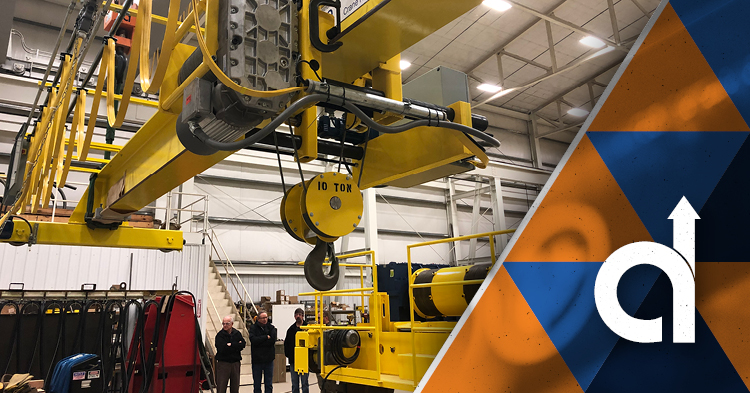As the world accelerates toward cleaner, more resilient energy systems, Small Modular Reactors (SMRs) are emerging as a key player in the next generation of nuclear technology. With their compact size, enhanced safety features, and scalability, SMRs offer a flexible alternative to traditional nuclear power plants. But bringing these advanced systems to life requires precise and powerful infrastructure—especially when it comes to lifting and handling heavy components. Cranes play a vital role in the successful deployment, construction, and long-term maintenance of SMRs.
What Are SMRs?
SMRs are a new class of nuclear reactors designed to be built in factories and assembled on-site. Typically generating less than 300 megawatts of electricity, SMRs are smaller and more modular than traditional nuclear plants. Their size and design make them ideal for remote locations, smaller grids, and faster deployment timelines. Governments and private companies around the world are investing in SMRs to meet growing energy demands while reducing carbon emissions.
Lifting Challenges Unique to SMRs
Although SMRs are more compact than conventional reactors, they still involve the handling of massive, sensitive components such as reactor vessels, steam generators, and containment systems. These elements require lifting solutions with high load capacities, fine-tuned control, and adherence to strict nuclear safety standards. Unlike traditional large-scale nuclear builds, SMRs are often assembled in tighter, more constrained environments, making maneuverability and precision even more important.
Custom Crane Solutions for Modular Nuclear Construction
To meet these demands, many SMR projects rely on customized crane systems engineered for nuclear applications. Overhead bridge cranes, gantry cranes, and polar cranes are common in nuclear environments, offering the strength and stability needed for heavy modular components. These cranes often feature specialized trolleys and hoists designed to accommodate exacting tolerances during installation.
In some cases, cranes are used not just for lifting but for aligning massive, prefabricated components—requiring smooth, synchronized movements to avoid stress on critical connections. Jib cranes and mobile handling equipment are also essential for smaller-scale assembly and routine plant maintenance.
Safety and Compliance
Operating within a nuclear setting brings a heightened focus on safety. Cranes used in SMR projects must comply with stringent regulatory standards, such as those outlined by the Nuclear Regulatory Commission (NRC) and ASME NOG-1 for nuclear overhead and gantry cranes. This includes requirements for redundancy, seismic stability, radiation tolerance, and the ability to perform remote operations when human exposure is a concern. Built-in diagnostics and condition monitoring systems further enhance operational safety.
Supporting Modular Assembly and Transport
One of the defining features of SMRs is the use of modular construction. Major reactor components are often fabricated off-site and shipped in large, pre-assembled sections. Cranes are essential for both loading these modules for transport and installing them on-site. Specialized gantry or crawler cranes may be used to lift modules into position with pinpoint accuracy, facilitating faster construction and reducing labor costs.
Enabling Long-Term Maintenance
Even after commissioning, SMRs require robust crane systems for ongoing maintenance, fuel replacement, and potential component upgrades. Built-in overhead cranes allow for safe and efficient handling of radioactive materials within containment areas. Reliability is key equipment must remain operational over decades, with minimal downtime and straightforward servicing.
Conclusion
As SMRs reshape the future of nuclear energy, cranes are lifting more than just heavy components—they’re lifting the entire industry forward. From precision installation to long-term operational support, advanced crane solutions are essential to the safe, efficient, and scalable deployment of these cutting-edge reactors. As SMRs continue to gain momentum, the partnership between lifting technology and nuclear innovation will remain critical in powering a sustainable energy future.


